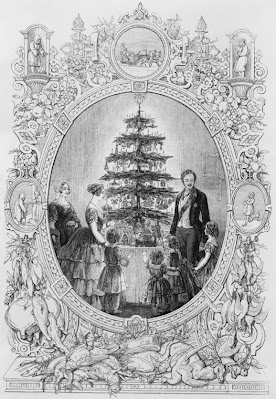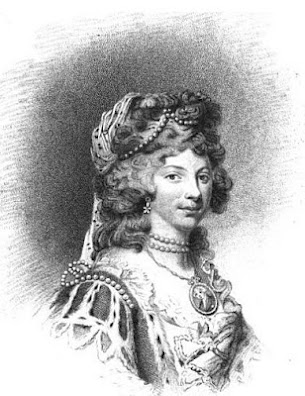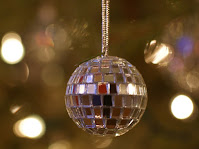 The best part about writing a blog is when people take the time to let you know that they have enjoyed what you have written. Last week, I was delighted to receive an email from Susan Ardelie, author of the Life Takes Lemons blog, thanking me for my blog and nominating me for the One Lovely Blog Award.
The best part about writing a blog is when people take the time to let you know that they have enjoyed what you have written. Last week, I was delighted to receive an email from Susan Ardelie, author of the Life Takes Lemons blog, thanking me for my blog and nominating me for the One Lovely Blog Award.What a wonderful way to encourage others! It is all too easy to criticise rather than praise, so I am taking this opportunity to encourage other bloggers, which is particularly appropriate during this season of goodwill. So, thank you, Susan, for nominating me – I hope you continue to enjoy my blog for a long time to come and that this post will encourage others as much as you have encouraged me.
Seven things about me
 |
| Ben Ainslie wins gold in the Olympic sailing, held in the waters of Weymouth and Portland |
2. I used to live in Alton, Hampshire, near to Chawton where Jane Austen once lived.
3. Now I live by the sea (which I love) in Weymouth, Dorset, where George III visited almost every year from 1789 to 1805.
4. I started researching my family tree when I was thirteen and have since discovered ancestors who lived in the 1700s.
5. When I was at school, I played the part of Josephine in the Gilbert and Sullivan operetta, the Pirates of Penzance.
6. I graduated from university the day before I got married.
7. Every Christmas I watch Scrooged (a 1980s film based on A Christmas Carol by Charles Dickens) starring Bill Murray and Karen Allen.
Seven blogs to look at over Christmas
I am nominating the following seven blogs for the One Lovely Blog Award :
1. The Regency World of Author Lesley-Anne McLeod – lots of wonderful information about the Regency period, including a post (on 14 December) with puzzles from 1809-14 to tease your brain.
2. Georgian Gentleman by Mike Rendell – includes a wealth of original material from his ancestor, Richard Hall.
3. Laura Purcell - a blog by a lady in love with the Georgians.
4. Regina Jeffers – includes entries from a Regency era lexicon.
5. Austen only – everything about Jane Austen. Definitely one to keep an eye on with the 200th anniversary of Pride and Prejudice coming up next year.
6. Word Wenches – lots of fascinating historical posts.
7. 30daybooks by Laura Pepper Wu – a blog full of advice on writing and publishing.
The six rules for a One Lovely Blog Award post:
1. Thank the person who nominated you.
2. Add the One Lovely Blog Award image to your post.
3. Share seven things about you.
4. Nominate seven blogs for the award.
5. Include this set of rules.
6. Let the writers of your nominated blogs know.
All photographs by Andrew Knowles - www.flickr.com/photos/dragontomato









